A brief history of the Hillcrest Conservation Park
Located above the “stone quarry” is a parcel of land that was developed as a learning tool for high school students over the years and has largely been forgotten by many. Conversations with individuals have resulted in the statements that they would like to have this park project revitalized, both by the schools and perhaps private individuals and organizations. On Sept. 24, 1953 through the successful efforts of both the faculty and students of Norwich High School, the Hillcrest Conservation Park was formally dedicated. On the above date Reverend William Crandall, a local historian at that time, related stories of the early days of the area as at one time the property was owned by his father, he having purchased it one hundred years ago.
Students were lauded by Nick Drahos of the New York State Conservation Department for their pioneer efforts in the field of conservation education. At that time, he gave three reasons for why conservation education was essential: prime motive for teaching of conservation, jobs in numerous fields which depend directly on plentiful natural resources and finally conservation is a large business ranking second only to manufacturing. If one speaks to anyone in this 21st century that is in that field, they will relate the still importance of these three reasons.

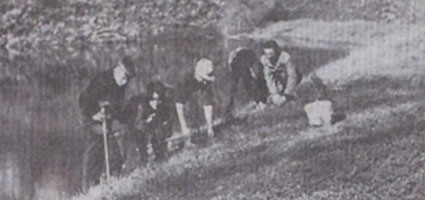

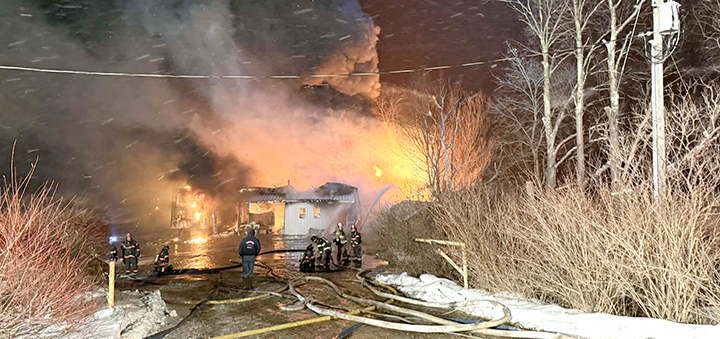
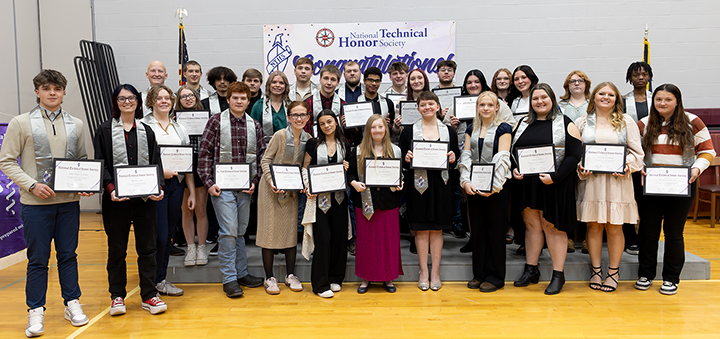
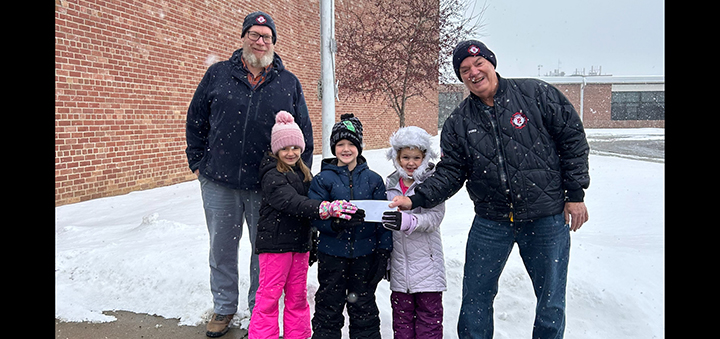
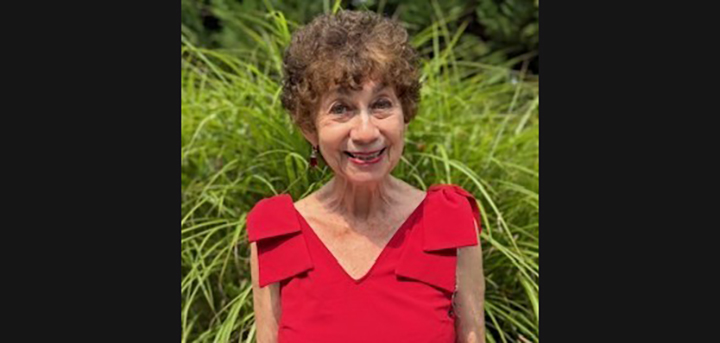

Comments